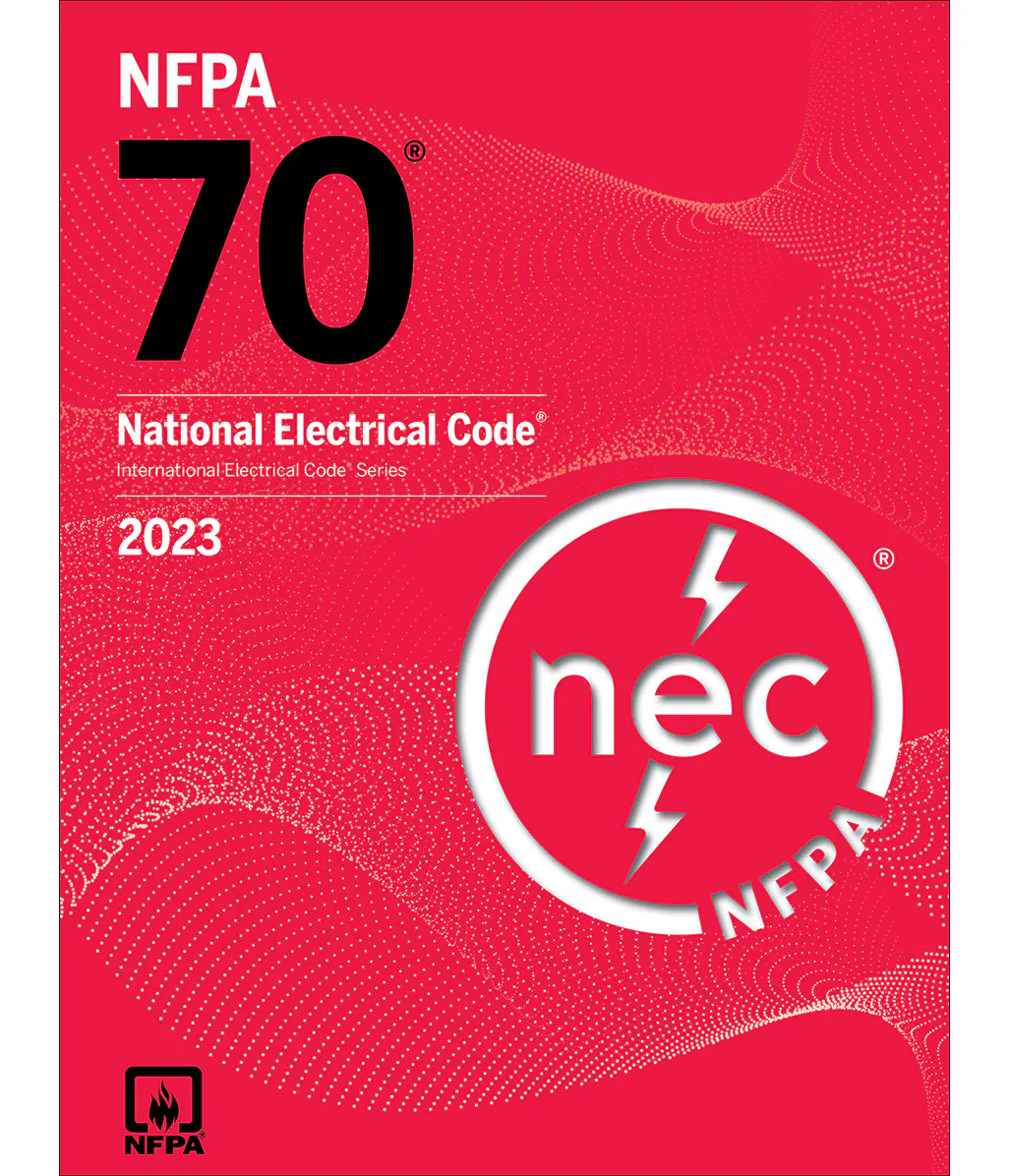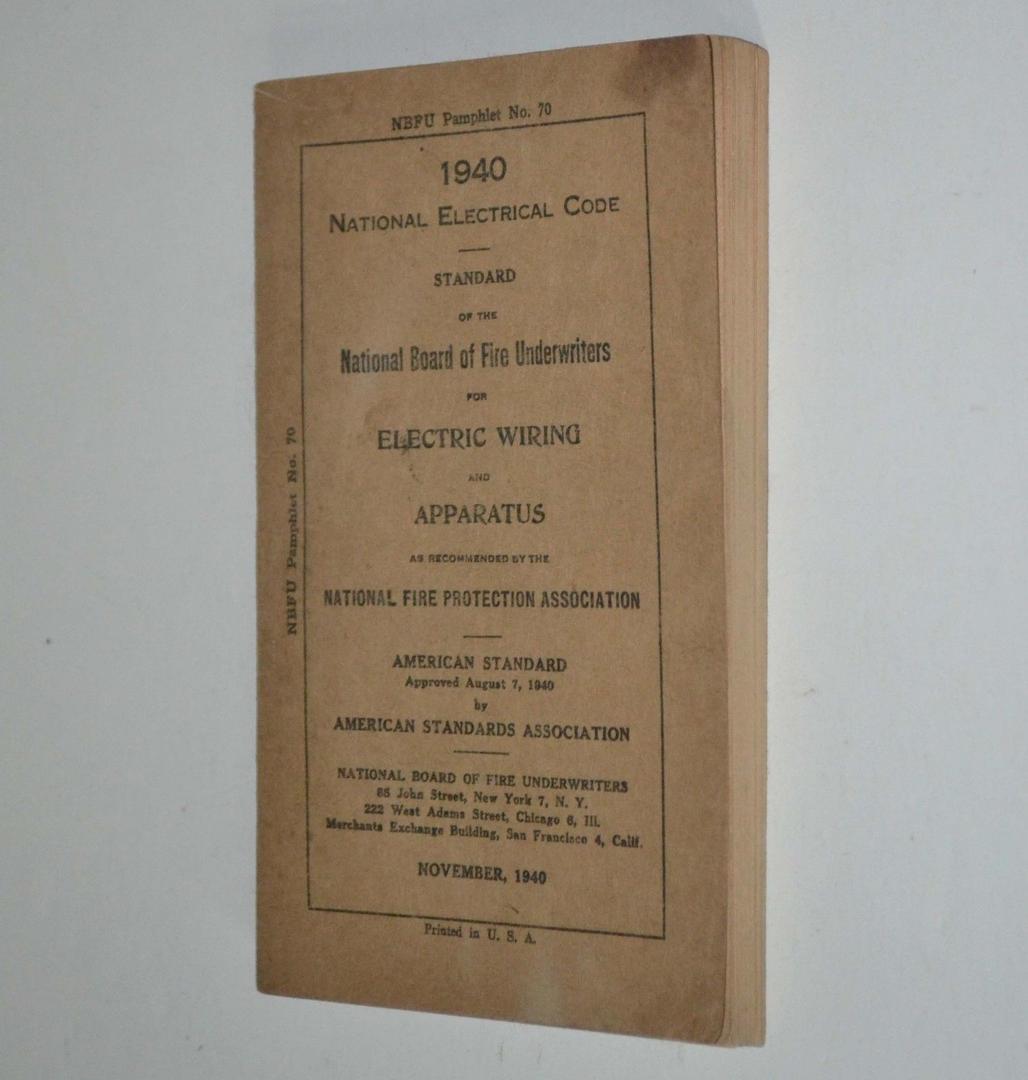In the realm of electrical power distribution, two primary configurations dominate: single-phase and three-phase systems. These systems serve as the backbone of countless applications, from residential electrical grids to industrial machinery. Understanding the differences between single-phase and three-phase power is crucial for engineers, electricians, and consumers alike. In this blog post, we’ll delve into the […]
Author: Robert Ray
Understanding NEMA Box Classifications: Ensuring the Right Protection for Your Equipment
In the world of electrical enclosures, NEMA (National Electrical Manufacturers Association) ratings play a crucial role in determining the level of protection provided to the enclosed equipment. These ratings are designated to safeguard sensitive electrical components from environmental hazards such as dust, water, corrosion, and even tampering. Among the various classifications, NEMA boxes are distinguished […]
Demystifying Two-Phase Power: Understanding Its Basics and Applications
In the realm of electrical power systems, terms like single-phase and three-phase are commonly heard and understood. However, there’s another lesser-known configuration that sometimes raises eyebrows: two-phase power. In this blog post, we’ll delve into what two-phase power really is, how it differs from single-phase and three-phase systems, and its applications in the world of […]
Sparking Success: The Importance of Electrical Continuing Education
In the realm of skilled trades, the path to success often begins with apprenticeship programs. Electrical apprentice classes stand out as indispensable pathways to mastering the craft of electrical work. Aspiring electricians, fresh graduates, and even career switchers can reap a multitude of benefits from enrolling in these classes. Let’s delve into the advantages they […]
Understanding Electrical Arc Flash Hazards: Why You Should Take Them Seriously
Electrical arc flash incidents are among the most serious hazards in the realm of electrical safety, posing significant risks to personnel, equipment, and facilities. Despite their potentially devastating consequences, arc flash incidents are often misunderstood or overlooked. In this blog post, we’ll delve into what electrical arc flash is, the potential dangers it poses, and […]
AFCI vs. GFCI: Understanding the Differences and Importance in Electrical Safety
In the realm of electrical safety, two important devices play pivotal roles in protecting against electrical hazards: the AFCI (Arc-Fault Circuit Interrupter) and the GFCI (Ground Fault Circuit Interrupter). While they both serve to prevent electrical accidents, understanding their differences and applications is crucial for ensuring the safety of electrical systems in homes, workplaces, and […]
Decoding Electrical Wire Insulation Abbreviations: A Guide for Professionals and DIY Enthusiasts
Electrical wires are essential components of any electrical system, carrying power and signals to various devices and appliances. Understanding the different types of insulation used in electrical wires is crucial for ensuring safety and efficiency in electrical installations. However, navigating through the myriad of insulation abbreviations can be overwhelming for both professionals and DIY enthusiasts. […]
Crack the Code: A guide to understanding NEC code language
The National Electrical Code (NEC), published by the National Fire Protection Association (NFPA), serves as the cornerstone for electrical safety standards in the United States. However, navigating through its dense and technical language can be daunting for electricians, engineers, and even DIY enthusiasts. In this blog post, we’ll embark on a journey to decode the […]
Powering Up Safety
A Look Back at the National Electrical Code The National Electrical Code (NEC) is a cornerstone of electrical safety in North America. But how did this crucial document come to be? Today, we delve into the history of the NEC, exploring its origins and how it has adapted to keep us safe over the years. […]
The Power of Presence: Why In-Person Classes Trump Online Learning
While online learning is popular for its flexibility and convenience, in-person classes are still considered superior.



